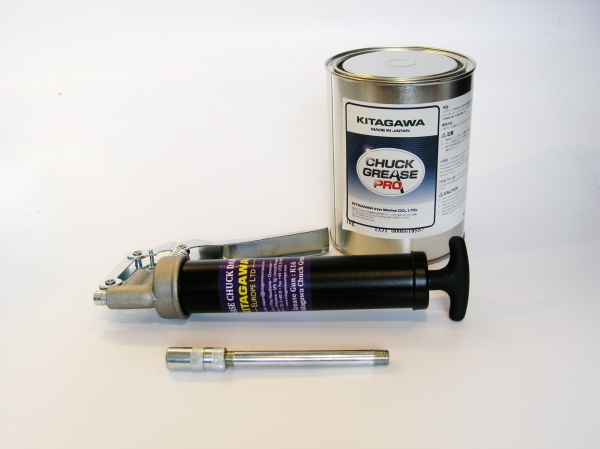


At 1st MTA, we understand that maintaining your workholding systems is key to keeping your machines running reliably, accurately, and safely. Proper maintenance of Kitagawa power chucks and hydraulic cylinders not only prolongs their lifespan but also ensures consistent performance and prevents costly downtime.
This guide outlines recommended daily, monthly, and semi-annual maintenance tasks, along with lubrication and inspection best practices.
A well-maintained power chuck maintains gripping force, accuracy, and reliability. Neglecting lubrication or inspection can lead to:
1.1 Daily Maintenance
Performing simple daily checks can prevent many common issues:
1.2 6-Month or 100,000-Stroke Maintenance
For more thorough maintenance, schedule semi-annual inspections:
💡 Tip: Proper greasing can account for up to 30% of your chuck’s gripping force. Regular lubrication is one of the simplest ways to maintain peak performance.
Hydraulic cylinders are essential to the proper operation of power chucks. Using the correct hydraulic oil and preventing contamination are critical to maintaining cylinder performance. Incorrect oil or contamination can affect:
2.1 Recommended Oil and Filtration
2.2 2–3 Month Inspection
2.3 6-Month Inspection
💡 Regular hydraulic maintenance helps prevent downtime, extend cylinder life, and maintain consistent chuck performance.
Maintaining your Kitagawa chucks and cylinders brings multiple benefits:
At 1st MTA, we stock all the standard maintenance equipment, including chuck grease, grease guns, grease nipples, and hydraulic seal kits. Our team can also provide service engineer visits for more complex inspections and maintenance.
Whether you’re performing daily lubrication, semi-annual inspections, or dealing with a hydraulic issue, our expertise ensures your Kitagawa power chucks and cylinders operate at their full potential.